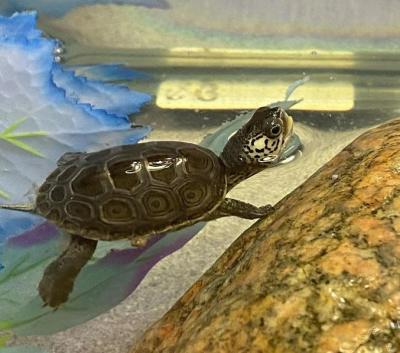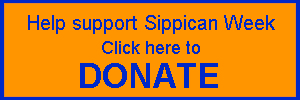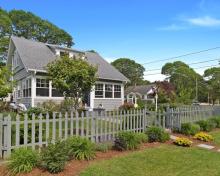Mattapoisett students pen essays in support of salt marshes, turtles
MATTAPOISETT — Students at Center School in Mattapoisett have a lot of thoughts about the region’s salt marshes and about diamondback terrapins, a species of native turtle.
According to science teacher Ben Squire, his second-grade students and their class pet, a diamondback terrapin named Peanut, have been learning “about the salt marsh ecosystem and how important and fragile they are.”
This year, students wrote persuasive essays about local salt marshes and what people can do to protect them and the animals that live there.
The following are a selection of persuasive essays written by second-grade students at Center School in Mattapoisett.
Protect our Local Ecosystems by Avery Klien
A salt marsh is a type of ecosystem that is home to many plants and animals. They are found along the east coast of the Atlantic Ocean. A salt marsh has brackish water which is a mix of saltwater and freshwater. Even Mattapoisett has them! We need to protect our salt marshes because they are vulnerable and are in need of help.
In the salt marshes animals such as crabs, fish, Diamondback Terrapin, and raccoons all live in the salt marshes. Most animals hide and live in the tall spartina grass. Throughout the day the tides are always changing from high tide to low tide. During high tide the salt water covers the spartina grass and fish swim through it. During low tide there are mud flats where crabs, raccoons and turtles come out.
To protect the salt marshes we have to not pollute or litter on the salt marshes. Absolutely not build or construct on the marshes. And if we don’t protect the salt marshes the way we should animals and plants could suffer.
At Center school we have a Diamondback Terrapin named Peanut. I really like to have Peanut because we’re saving Diamondback Terrapins. Peanut also teaches us about salt marshes. We need to protect salt marshes and all of our local ecosystems!
Save our Saltmarshes! by Asa Dineen
A salt marsh is a wonderful home for many animals. They are found around the coast of the Atlantic Ocean. Even Mattapoisett has them! We need to protect our salt marshes!
Many animals live in the salt marsh. In the salt marshes animals such as diamondback terrapin, birds, fish, crabs, bugs and shrimp live. Animals like Diamondback terrapin and crabs live in the spartina grass where they hide and hunt for prey.
There are many plants in the salt marshes like spartina grass and saltgrass. At high tide many predators come from the ocean to hunt for prey. At low tide the crabs and turtles come out and look for food. At low tide many of the animals come out of the water to get food. Brackish water is a mix of salt and fresh water.
To protect the salt marshes we need to stop building houses there. Litter and pollution will also make them suffer and hurt the entire ecosystem. Protect our salt marshes!
PROTECT SALT MARSHES by Oliver Costa
A saltmarsh is an ecosystem. They are found along the coast of the Atlantic ocean. Mattapoisett even has saltmarshes. We need to protect our local ecosystems.
Animals in a saltmarsh include horseshoe crabs, mussels, diamondback terrapians, seahorses, birds, fish, and even sometimes when it is high tide there can be dolphins!
We are raising a diamondback terrapin at Center school. We are trying to help.To help protect the salt marshes don’t build houses on the marshes and no littering. Pick up litter if you see it. If we do this it will protect the plants and animals.
Help save our Saltmarshes! By Rosie Palomo
A salt marsh is a type of ecosystem. They are found along the east coast of the Atlantic Ocean. Even Mattapoisett has salt marshes! We need to protect our salt marshes, the animals that live there and the plants! It also has brackish water which is a mix of salt and freshwater.
In the salt marshes many animals make a home. Here are some of them. A Diamondback Terrapin, racoons and fish, birds, crabs and more. Most of these animals live and eat the spartina grass that grows in the marsh and it gives them shelter.
Every day the tides are changing from low tide to high tide. At high tide it covers the spartina grass and fish come out. At low tide you can see the spartina grass, the crabs come out and the fish go to the deeper part of the salt marshes.
To protect salt marshes you should not litter and also do not build or construct houses on or near the salt marshes. The animals and plants could get hurt.
At Center School we take care of a Diamondback Terrapin named Peanut. He helps us learn all about the salt marsh. Help us save the salt marshes! Or Peanut the diamondback terrapin could get hurt or worse!














